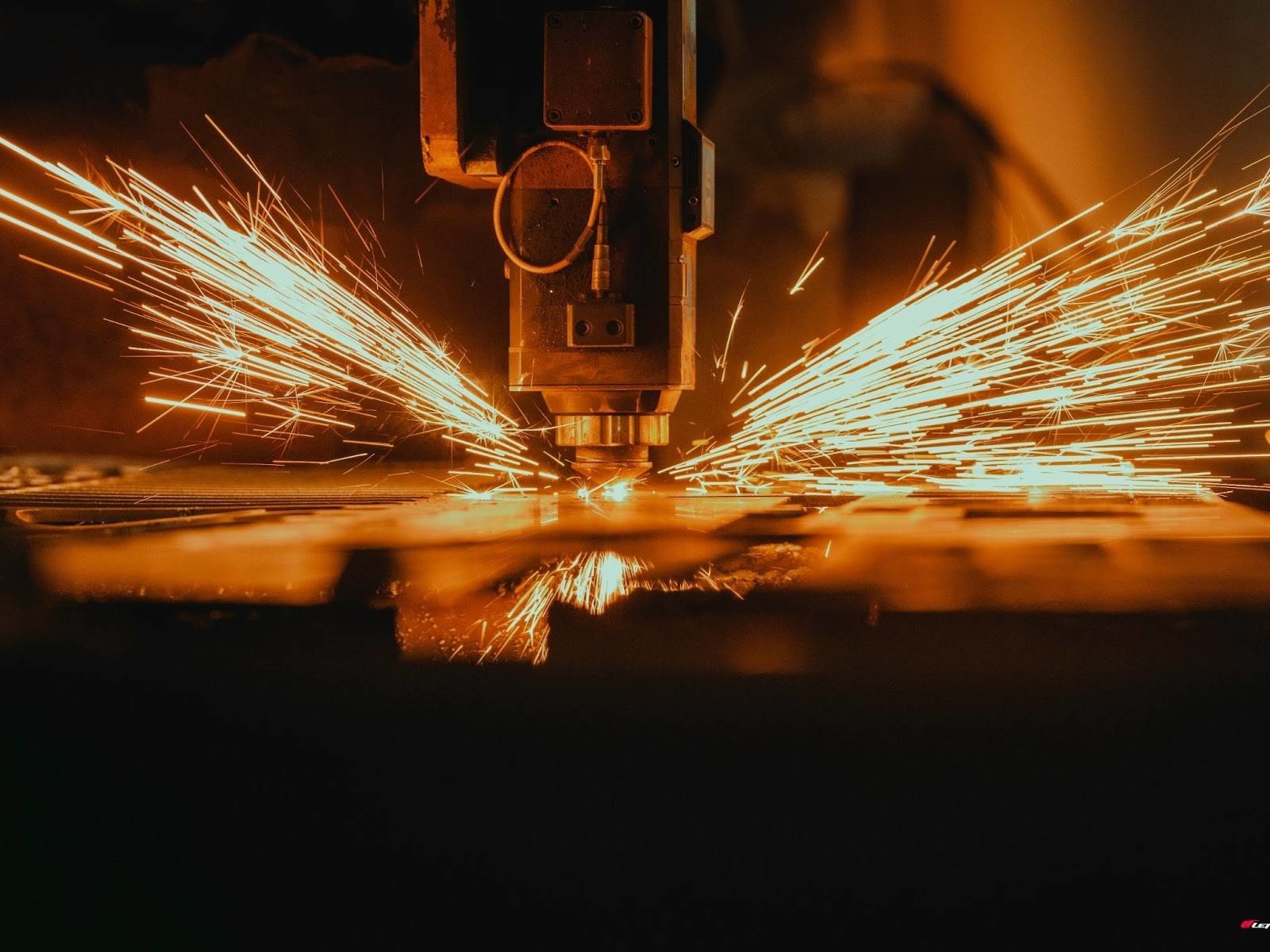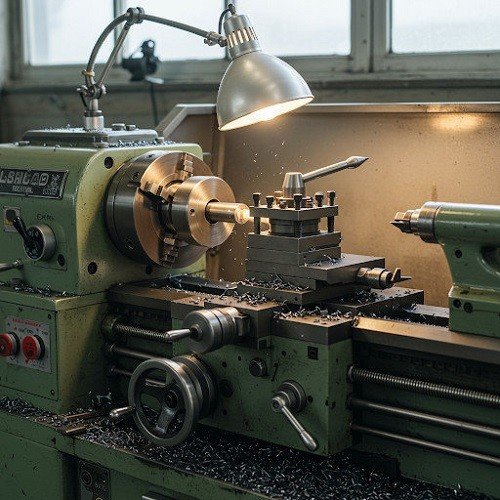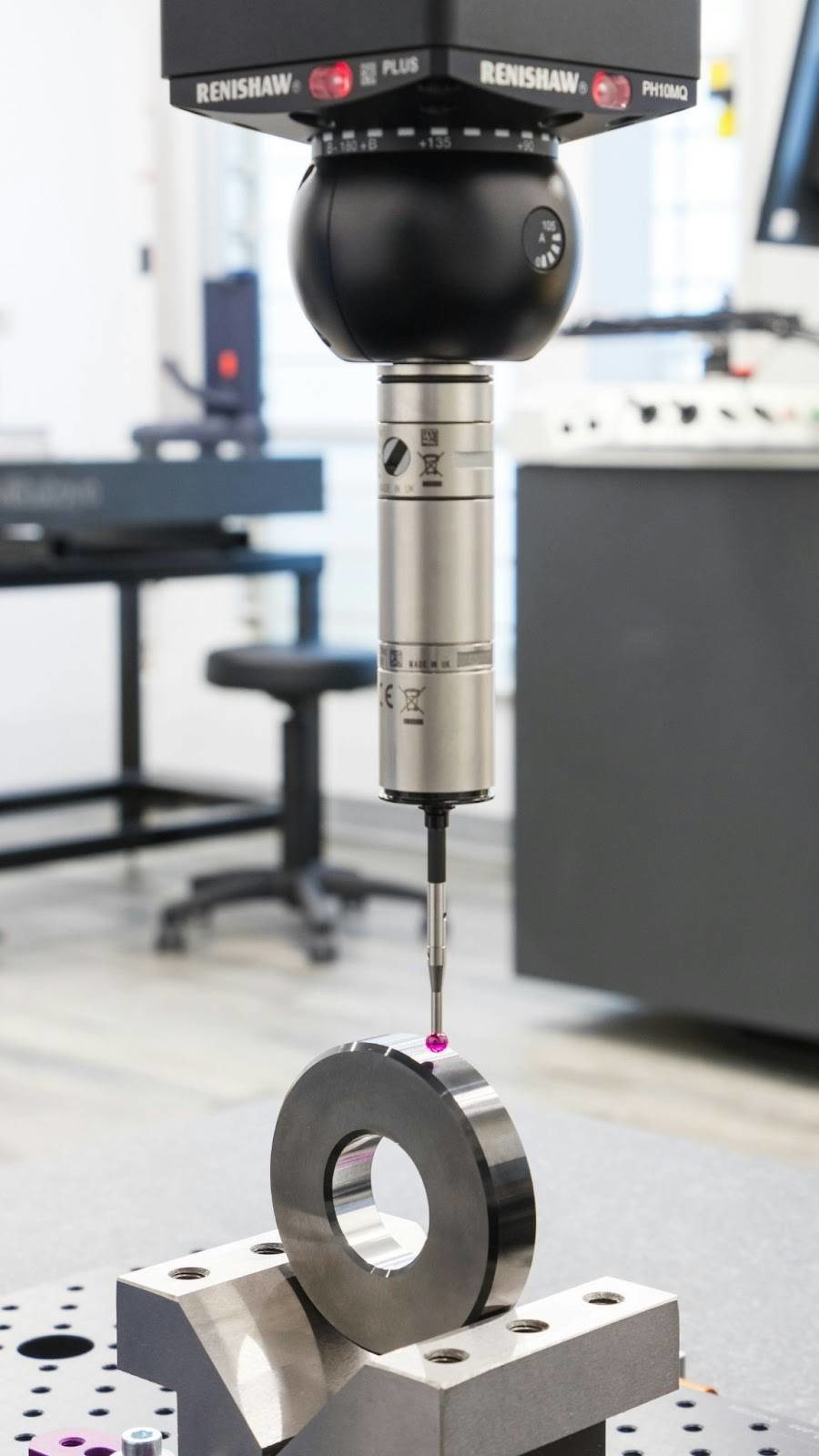All About CNC Machines: What Is CNC and How Does It Work?
The "Invisible Hero" of Metalworking – Do You Know How Important CNC Lathes Are?
The casing of the phone in your hand, the hinge of the laptop on your desk, and even parts of the bicycle you ride might have been processed by a piece of equipment called a CNC lathe. While this machine isn't as widely discussed as consumer products, it plays an indispensable role in modern manufacturing. From aerospace components and automotive structural parts to everyday hardware, many things you see, and even those you don't notice, are made possible by precise metal cutting technology. If you've heard terms like "lathe" and "milling machine" but never quite understood the difference, or if you want to learn more about what makes CNC lathes so powerful, then this article is an excellent starting point. Let's begin with the most basic question, "What is a lathe?", and gradually unveil the mystery of CNC machining.

What is a Lathe? From Traditional Lathes to the Evolution of CNC
The concept of the lathe can be traced back hundreds of years. Early artisans would use human power or foot pedals to rotate the workpiece, then manually cut with tools to create the desired circular structures. With the advancement of the Industrial Revolution, lathes gradually evolved into more robust, motor-driven mechanical equipment capable of producing more precise metal parts. However, traditional lathes still relied on the operator's experience and skill. Each machining step required manual adjustments, which not only limited efficiency but also made it difficult to maintain consistent processing quality. These limitations often proved inadequate when facing large orders or strict tolerance requirements. It wasn't until the advent of computer numerical control (CNC) technology that everything truly changed. CNC lathes use programmed control to guide the tool's position and movement path, allowing the entire machining process to be completed without manual intervention. This not only made production quality more stable but also significantly improved efficiency and yield. The transformation from traditional lathes to CNC lathes is not just an upgrade of a tool; it symbolizes a major milestone in manufacturing's comprehensive move toward intelligence and automation.

How Does a CNC Lathe Work? Why Is It More Powerful Than Traditional Lathes?
In simple terms, the working principle of a CNC lathe is "computer-controlled metal carving." Operators first create part designs using design software, then input program code (mostly G-code) into the CNC lathe system. This code precisely instructs the tool's movement path, rotational speed, feed rate, and cutting depth, among other parameters.
Once the program is set, the CNC lathe operates automatically according to the set instructions. The relative movement between the tool and the workpiece is entirely controlled by the computer, ensuring high precision and stability. Even when machining hundreds of identical parts consecutively, each finished product can maintain virtually identical dimensions and quality.
Furthermore, CNC technology also allows for greater machining versatility. For example, some CNC lathes with automatic tool changers can switch between multiple tools within a single machining process, completing multiple operations such as turning, drilling, and tapping. Some complex machines can even perform both rotating and side machining simultaneously, significantly saving time and machine space.
This mode of operation is not only beneficial for production lines but also highly accommodating for small-batch, customized needs. By simply changing the program, it can flexibly adapt to the machining specifications of different products, maximizing the equipment's operational flexibility.

Lathe vs Milling Machine: Understand Their Different Uses
Many people often confuse lathes and milling machines, as they are both cutting machines and often work side-by-side in the same factory. However, their functions and structures are quite different. The characteristic of a lathe is that the workpiece rotates while the tool remains fixed and approaches it for machining. This method is particularly suitable for processing symmetrical objects such as shafts, cylinders, tubes, and wheels. CNC lathes, through digital control, make this type of machining faster and more precise. Conversely, with a milling machine, the tool rotates while the workpiece is typically fixed on a platform. This design can process a wider variety of shapes, such as flat surfaces, grooves, inclined planes, and even 3D curved surfaces. Often, complex parts require a combination of lathe and milling machine processing to achieve the desired finished product. In modern factories, many manufacturers choose to use turning-milling composite machines, which combine these two types of equipment, making the machining process more concentrated and efficient. The integration of CNC technology also makes such cross-functional equipment easier to implement and operate.
CNC Lathes Are More Than Just Machines, They Are Core Drivers of Manufacturing
The existence of CNC lathes is no longer just a piece of machining equipment. It symbolizes the transformation of industrial technology from experience-based inheritance to digital smart manufacturing, and it has made previously manual production processes more efficient, more stable, and even more creative. From an unremarkable piece of aluminum alloy, copper, or stainless steel raw material to the final precision part, every rotation and every cut represents a display of precise engineering. When selecting CNC lathes or other machining equipment, technical capability and experience are equally important. Companies like FEPO, which have long been deeply rooted in metal processing and CNC lathe design, can provide professional technical consultation and equipment services to help users solve various practical challenges. If you are considering introducing CNC lathes, or want to learn more about the application differences between lathes and milling machines, feel free to visit the FEPO official website to find your machining solution.
About FEPO👉CNC Spindle and Lathe Tailstock Expert

